OCTOBER 15, 1970 3:10PM ET
LONDON — Jimi Hendrix is dead at age 27.
The exact nature of the death is still vague, and a coroner’s inquest is to be held in London September 30th. Police, however, say it was a drug overdose. They say he took nine sleeping pills and died of suffocation through vomit.
According to Eric Burdon [The Animals, War], Hendrix left behind for the girlfriend in whose apartment he died what Burdon called a “suicide note” which was a poem several pages in length. The poem is now in the possession of Burdon, the last musician with whom Hendrix played before he died.
Said Burdon: “The poem just says the things Hendrix has always been saying, but to which nobody ever listened. It was a note of goodbye and a note of hello. I don’t think Jimi committed suicide in the conventional way. He just decided to exit when he wanted to.”
“I’ve been going through a whole stack of papers, poems and songs that Jimi had written, and I could show you 20 of them that could be interpreted as a suicide note,” he continued. He went off stage and came back, playing the background to ‘Tobacco Road.'” That song was his last. Hendrix had been for some time attempting to become more independent in his business affairs. He saw Electric Lady as a step toward that goal. Burdon says that a week before Hendrix died, Jimi told him he was going to get new management.
“The few good things Jimi got, he really deserved. Even more things, as far as I’m concerned. When I left the Band of Gypsys, I know Jimi was extremely unhappy,”
“Both he and I felt that the three-way function of manager – artist – agent was quite likely to fall apart, because the times are different than they once were in show business. People outside the circle mistook this for discontent, but it wasn’t, because Jimi was intelligent and bright enough. If he wanted to split, he would have split.
“He realized that the only way he could get what he wanted, helping the Panthers, and setting up an anti-ghetto project in Harlem, was to die and hope that someone else would take care of the business for him using the things that he left behind, his music and his last poem, to make the money,” stated Burdon.
Jimi’s affairs were in a state of confusion at the time. At one point his road manager, Jerry Stickles, said that the day Hendrix died, he (Stickles) had called Dick Katz, his European agent, to tell him that Jimi wanted to do another European tour and a British tour as soon as possible. Katz lined up a German tour and some British dates that day before he heard the news, according to Stickles.
At another point, however, Stickles said that at Jimi’s request he made airline reservations to return to the States September 21st, because Jimi wanted to finish up some recording for a new album by the Experience. (All that needed to be done on that album was the mastering, which Hendrix was going to do himself at Electric Lady.)
None of Jimi’s friends or associates except Burdon, at first, would discuss the matter, and in the absence of a complete report, the London press chose to carry instead pure sensationalism. One Sunday paper had an “exclusive story” by a groupie which told of five-in-a-bed orgies with Hendrix.
In America, the first report – spread across the country primarily by FM radio within hours after his death – was that Hendrix had died of a heroin overdose. American newspapers generally carried the story of his death on the front page Friday afternoon and Saturday morning.
September 26th, Radio Geronimo in England played unreleased Hendrix material the entire evening, including a tape of Jimi with Buddy Miles and the Last Poets, and another unreleased live album.
The funeral was to have been Monday, September 28th, in Jimi’s hometown of Seattle, Washington.
James Marshall Hendrix was born November 27th, 1945. On the day of his death, his father, James, a landscape architect, talked about his son’s childhood. The Hendrix family lives in a simple house with lawn and garden in the better part of Seattle’s black neighborhood, near Lake Washington. The mantel is covered with pictures, guitar straps, magazine clips and other evidence of Jimi’s illustrious career. Mr. Hendrix has remarried, and has two daughters by that second marriage. He also has a 22-year-old son, Leon, by the first marriage.
The last time the family saw Jimi was on July 26th, the day after Leon began doing time for grand larcency. As always when he was in Seattle, Jimi stayed at the Hendrix house that weekend.
Mr. Hendrix recalled that Jimi first became interested in music when he was 10 years old. His father remembers going into Jimi’s room one night in the dark and tripping over a broom. He asked Jimi why the broom was there, since he obviously wasn’t using it to clean up his room.
“That’s my guitar, Dad,” Jimi had answered. “I’m learning how to play it.”
When he was 11, his father bought him a cheap acoustic guitar, and at 12, Jimi got his first electric guitar. He learned quickly, and was playing in bands at 13. When he was 14, that first electric guitar (inscribed “Jimmy”) was stolen, and he was unable to replace it until his sophomore year at Garfield High.
Members of Jimi’s bands were quite surprised when he became a star, because he seemed the least likely person in any of his groups to make it. He was then only an average musician, and gave no indication of the almost compulsive creativity that he showed later. He was also known for being very shy and reserved. He displayed no stage presence at all.
Jimi quit Garfield High in the middle of his senior year and went to work as a handyman for his father, who was then doing mostly gardening and lawn jobs. One day as they were working, Jimi told his father that he felt the work was a drag, and that he’d just decided to join the Army instead. This was in 1963.
He left Seattle within a few days and joined the 101st Airborne Division, stationed in the South. His father remembers going into Jimi’s room right after he left, seeing the guitar, and expressing surprise that Jimi hadn’t taken it with him. Sure enough, a few days later he got a call from Jimi, who said the Army was driving him mad and he needed his guitar “right away.”
Except for a photo he received in the mail, that was the last time Mr. Hendrix heard from his son until Jimi reached England in 1966. Using the name Jimmy James, he played for six months with a New York group called the Blue Flames. At various times, he backed Little Richard, Jackie Wilson, the Isley Brothers, and Wilson Pickett.
“I got tired of feeding back ‘In the Midnight Hour,'” he told an interviewer in 1968. “I was a backing musician playing guitar.”
He also played with a group called Curtis Knight and the Squires, and, after he became a star in 1967, Capitol Records embarrassed him by releasing an album called Got That Feeling; Jimi Hendrix Plays, Curtis Knight Sings, an album that was poorly recorded and of no historical value. It revealed only traces of the Hendrix artistry. Hendrix said: “The Curtis Knight album was from bits of tape they used from a jam session, bits of tape, tiny little confetti bits of tapes … it was done. Capitol never told us they were going to release that c***. That’s the real drag about it. It shows exactly how some people in America are still not where it’s at, regardless. You don’t have no friend scenes, sometimes makes you wonder.
A few days later, James Hendrix, Sr., received a phone call at about 4 a.m.
“It’s me, Jimi. I’m in England, Dad,” said the voice at the other end of the line. “I met some people and they’re going to make me a big star. We changed my name to J-i-m-i.”
Surprised, his father asked why he’d changed his name, and Jimi replied that it was “just to be different.” Mr. Hendrix remembers telling Jimi that if he was really calling from London, the call was going to be very expensive. They both started crying over the phone. “We were both so excited I forgot to even tell him I’d remarried,” his father says.
Once in England, Hendrix formed a new band. Noel Redding, who had come to audition as guitarist in the Animals, met Hendrix through Chandler. “Can you play bass?” was the first thing Jimi asked Redding. He never had before, but he immediately became bassist, and sometimes-guitarist, with the Jimi Hendrix Experience. Mitch Mitchell, another Englishman, was picked as drummer.
Six weeks after he left New York, four days after forming his trio, Hendrix opened at the Olympia in Paris, on the bill with French pop star Johnny Halliday.
They took off on a tour of Europe. Eight days after the Beach Boys broke an attendance record by playing to 7,000 in two shows at the Tivoli in Stockholm, the Experience drew 14,500 for two shows.
Now it was time to return to America. With several hit singles and a successful album in Europe behind him, Hendrix made his U.S. debut in 1967 at the Monterey International Pop Festival. Few in the audience knew that, until nine months ago, Hendrix had lived his whole life in this country. Few knew anything about him except that this “freaky black English bluesman” was making his “American debut.”
Lou Adler, with John Phillips, co-producer of the festival, said he heard of Hendrix from Paul McCartney – “He told me about some guy in England playing guitar with his teeth.” Adler decided on Hendrix and the Who as the “new” acts to be introduced to the Monterey audience.
In the liner notes to the live recording of Jimi’s performance (ironically, it was the last Hendrix recording to be released before his death), Pete Johnson of Warner Brothers writes what happened:
“Their appearance at the festival was magical; the way they looked, the way they performed and the way they sounded were light years away from anything anyone had seen before. The Jimi Hendrix Experience owned the future, and the audience knew it in an instant.”
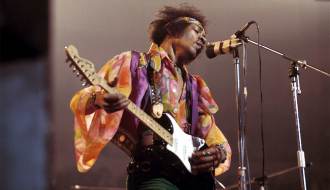
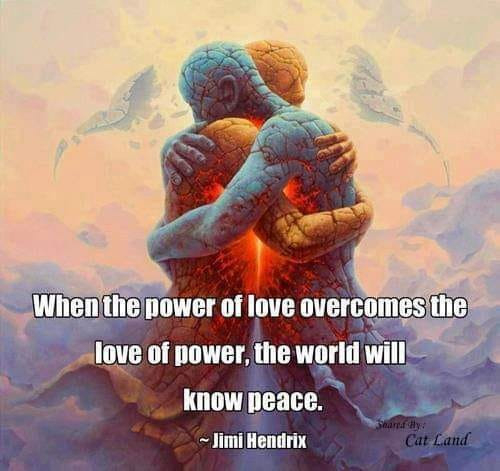
 Amanda S. Stevenson
Amanda S. Stevenson 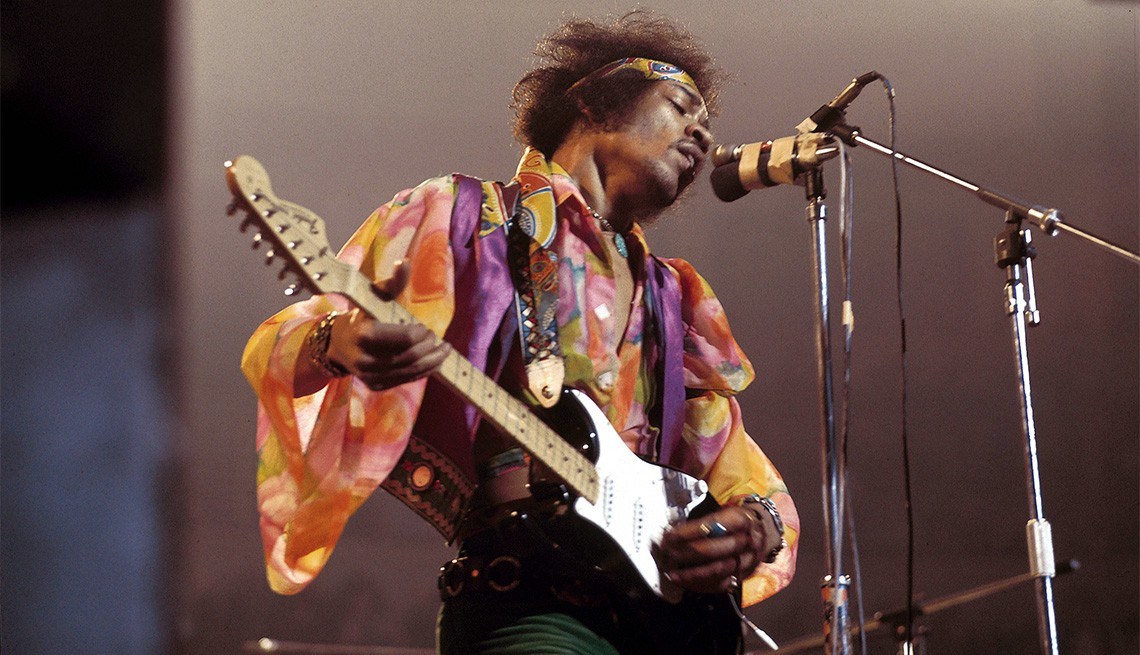
 Amanda S. Stevenson
Amanda S. Stevenson 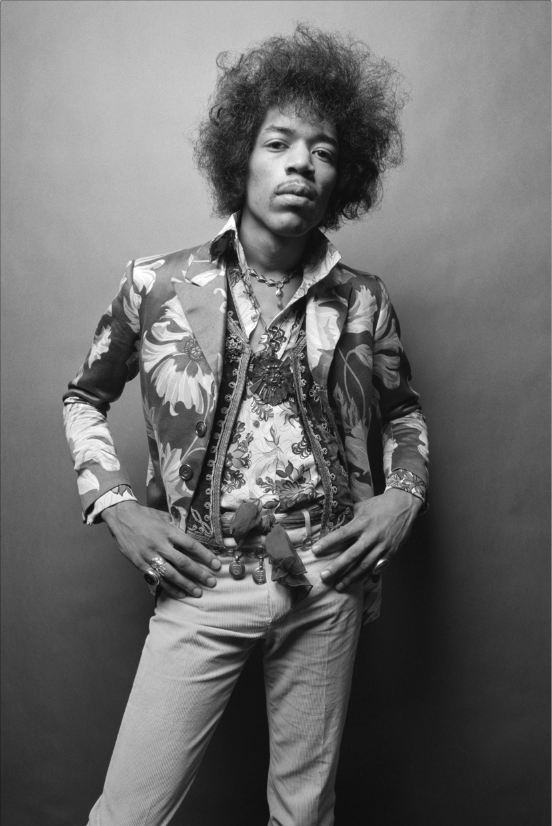
 Amanda S. Stevenson
Amanda S. Stevenson 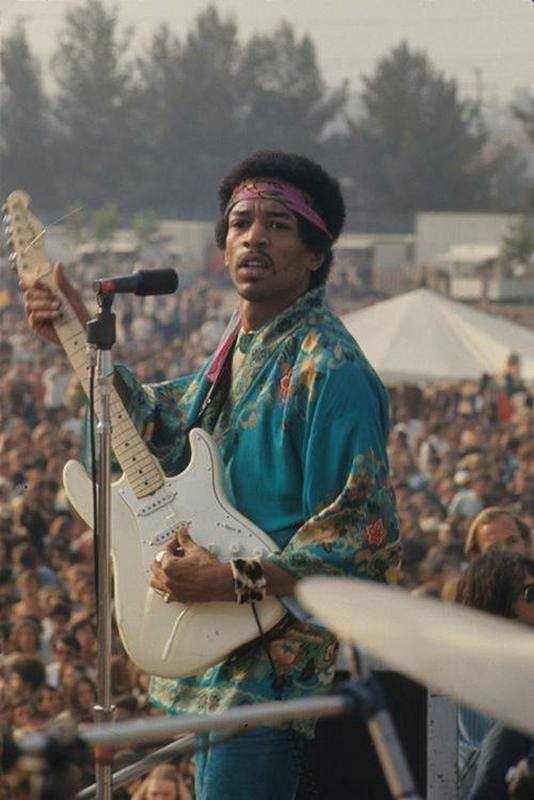
 Amanda S. Stevenson
Amanda S. Stevenson 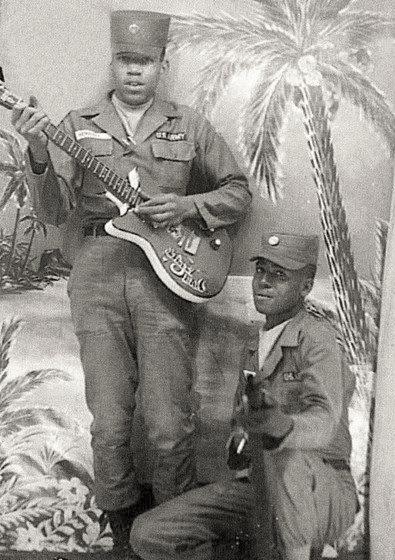
 Michelle Cassidy
Michelle Cassidy 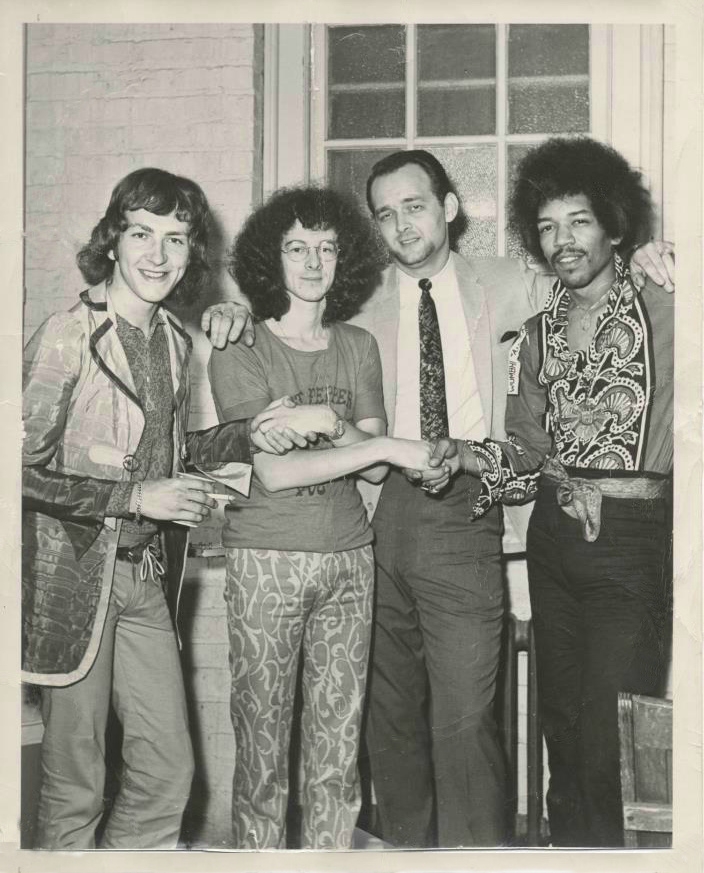
 Gary Gray
Gary Gray  AncientFaces
AncientFaces  Kathy Pinna
Kathy Pinna 
